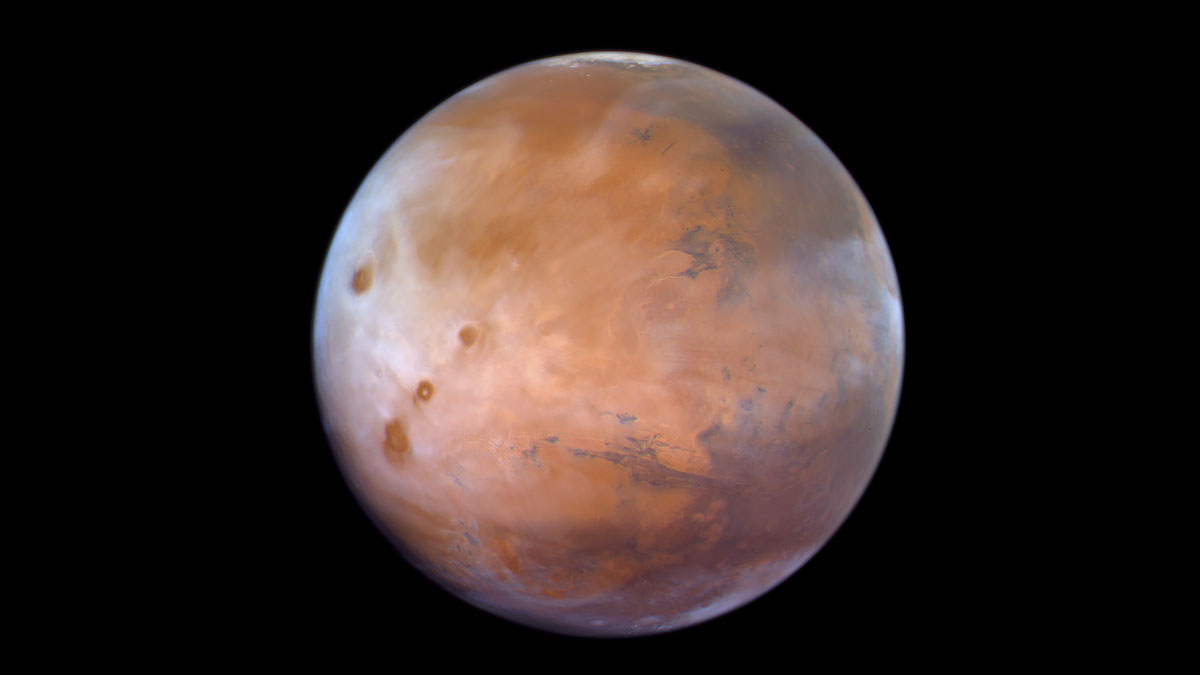Data captured by the Emirates Mars Mission reveal that clouds are typically thicker during Martian nighttime than daytime.
United Arab Emirates
Tiny Martian Moon May Be a Chip Off the Old Block
A close approach to Deimos reveals that its surface does not look like that of an asteroid, hinting at a Martian origin.
Cormorants Are Helping Characterize Coastal Ocean Environments
The Cormorant Oceanography Project is using sensors deployed on diving marine birds to collect broadly distributed oceanographic data in coastal regions around the world.
Can Newspaper Reporting Uncover Flood Risk?
In areas of low or no flood monitoring, archival coverage of historical flooding can help scientists make better risk predictions.
A Month of Milestones for Mars Missions
Mars launch season has arrived, and it brings the first space exploration mission from the Arab world, China’s first Mars landing, and the first powered flight on another planet.
UAE-Oman Mountains Give Clues to Oceanic Crust and Mantle Rocks
When oceanic plates meet continental plates, the continental plates usually come out on top. Cases where this is reversed provide valuable access to oceanic crust and mantle materials.






